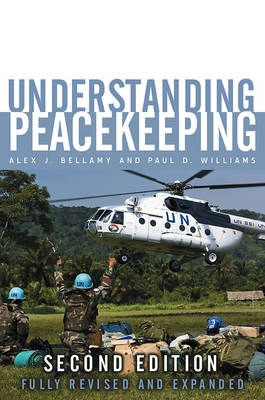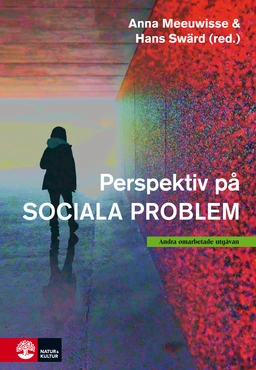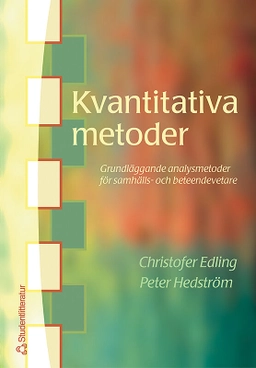Peace operations are now a principal tool for managing armed conflict and building world peace. The fully revised, expanded and updated second edition of Understanding Peacekeeping provides a comprehensive and up-to-date introduction to the theory, practice and politics of contemporary peace operations. Drawing on more than twenty-five historical and contemporary case studies, this book evaluates the changing characteristics of the contemporary environment in which peacekeepers operate, what role peace operations play in wider processes of global politics, the growing impact of non-state actors, and the major challenges facing today's peacekeepers. All the chapters have been revised and expanded and eight new chapters have been added. Part 1 summarizes the central concepts and issues related to peace operations. It includes a new discussion of the theories of peace operations and analysis of the emerging responsibility to protect norm. Part 2 charts the historical development of peacekeeping from 1945 and includes a new chapter on peace operations in the 21st century. In Part 3, separate chapters analyze seven different types of peace operations: preventive deployments; traditional peacekeeping; assisting transition; transitional administrations; wider peacekeeping; peace enforcement; and peace support operations. Part 4 looks forward and examines the central challenges facing today's peacekeepers, namely, globalization, the regionalization of peace operations, the privatization of security, civilian protection, policing and gender issues. The second edition of Understanding Peacekeeping will be essential reading for students and scholars of peace and conflict studies, security studies, and international relations.
Åtkomstkoder och digitalt tilläggsmaterial garanteras inte med begagnade böcker





















